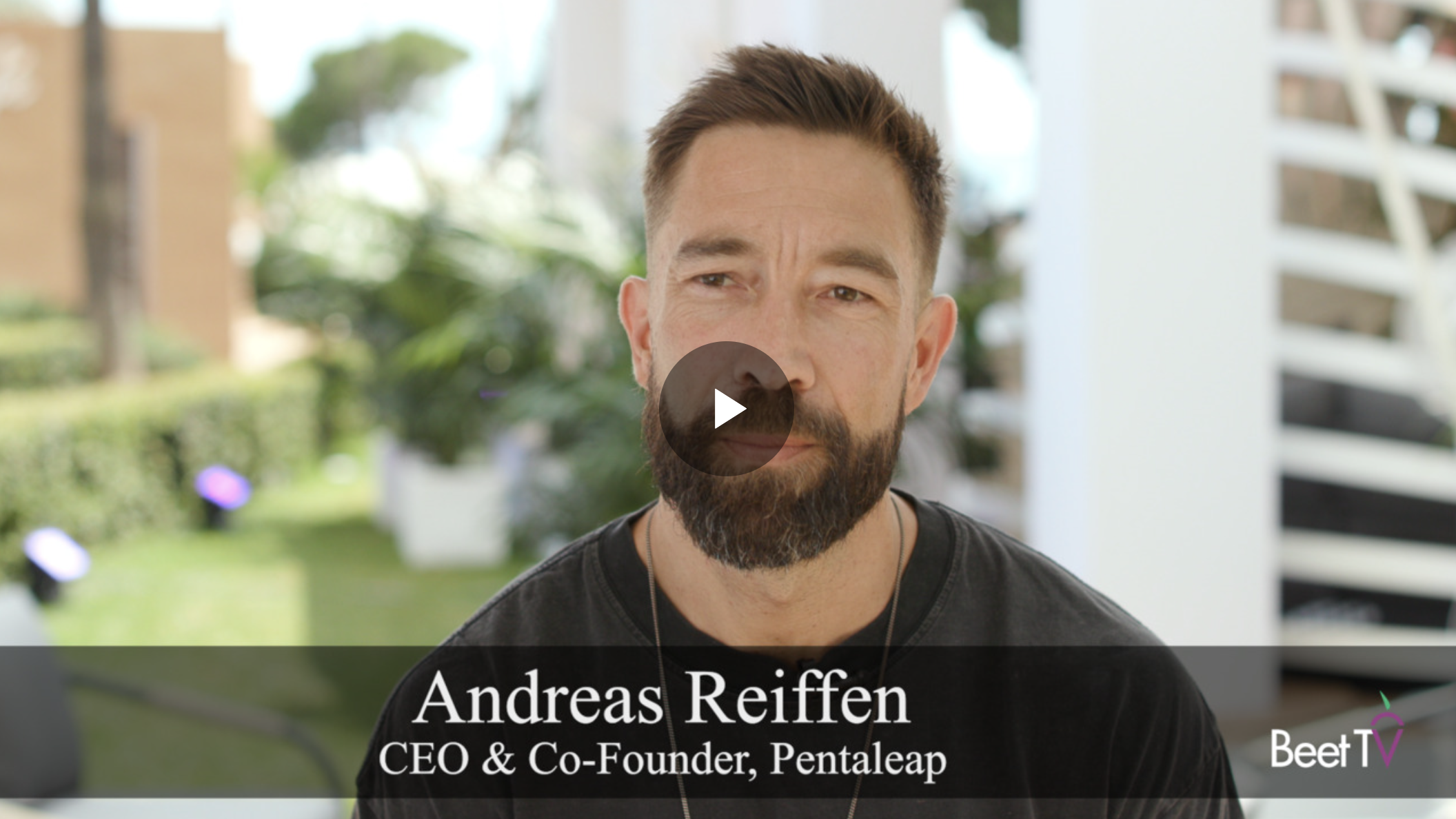Breaking the Monolith: Retail Media’s Composable Future
%20(1).png)
The FMCG Guys Interview Melanie Zimmerman (Criteo) and Andreas Reiffen (Pentaleap).
Retail media’s no longer the shiny side project that gets announced at earnings calls and quietly parked under “innovation.” The honeymoon is over. This is now a P&L engine — and the tech stack decisions retailers make in the next 12 months will define how much leverage they really have.
On the FMCG Guys podcast, Pentaleap CEO Andreas Reiffen and Criteo GM Melanie Zimmermann didn’t serve the usual industry small talk. They went straight at the tension points: demand access, fragmentation, transparency, and how brands actually want to buy.
Here’s the TL;DR from their conversation:
- RTB rails = freedom. Retailers can finally switch tech without losing demand — composability is here.
- One shopper, two goals. Ads and merchandising must work together, with transparency baked in.
- Scale meets a higher bar. Growth now depends on four levers — and brands are raising expectations fast.
1. RTB rails unlock real composability
For years, retailers had to pick between monolithic stacks — and if they switched, they risked losing demand. That fear kept a lot of innovation locked up.
Not anymore. RTB (real-time bidding) connectors are breaking that dependency. They let demand flow through no matter which ad server or front end you use.
As Andreas cut it down: “RTB connectors mean you can move tech and keep the demand — so suddenly, tech quality and price really matter.”
That’s a power shift. Retailers can now assemble a best-in-breed stack without worrying the demand will dry up.
2. One customer, two objectives — measured together
Retailers are trying to scale ad revenues while still selling products. That tension is real: too many ads, and you hurt the shopping experience. Too few, and you miss revenue targets.
“As ad revenues are increasing and ad density is increasing, the internal pressures within retailers are mounting… the days were like the organic relevance was separate from the advertising algorithm is nearing an end,” said Melanie.
The fix? Better measurement and alignment. Andreas pointed to transparency as the missing piece: “Anchor ad serving to organic rank and you can prove real traffic uplift — finally bringing transparency.”
Put simply: ads have to be relevant to the shopper and provable to the brand. Otherwise, neither side wins.
3. The scale playbook meets a higher buyer bar
Scaling retail media isn’t about adding more ads. It’s about hitting the right levers. Andreas laid it out cleanly: “Relevance, less fragmentation, easy cross-channel spend, and lower tech costs.”
Meanwhile, on the brand side, expectations are only going up. “I expect that in a year from now many more brands will consolidate their spend into platforms that makes it easy for them to see their spend holistically… and move from legacy ways of buying to more modernized, specifically auction,” Melanie said.
In other words: retailers who can’t offer modern, transparent tools will find brand budgets harder to win.
Closing
The takeaway from Andreas and Melanie’s debate is simple: the future isn’t about one monolithic stack to rule them all. It’s about giving retailers the freedom to compose, the tools to measure real impact, and the efficiency to scale without breaking either the shopping experience or the P&L.
Composability isn’t just a buzzword — it’s a reset button. Tech now matters more than bundled demand, transparency matters more than salesmanship, and scale matters only if you can meet the bar brands are setting.
Retail media has grown up. The question is: will your stack keep up with it?
Stay Ahead with Retail Radar
Subscribe for cutting-edge insight into the latest retail media developments and trends
.png)
.svg)





.webp)

